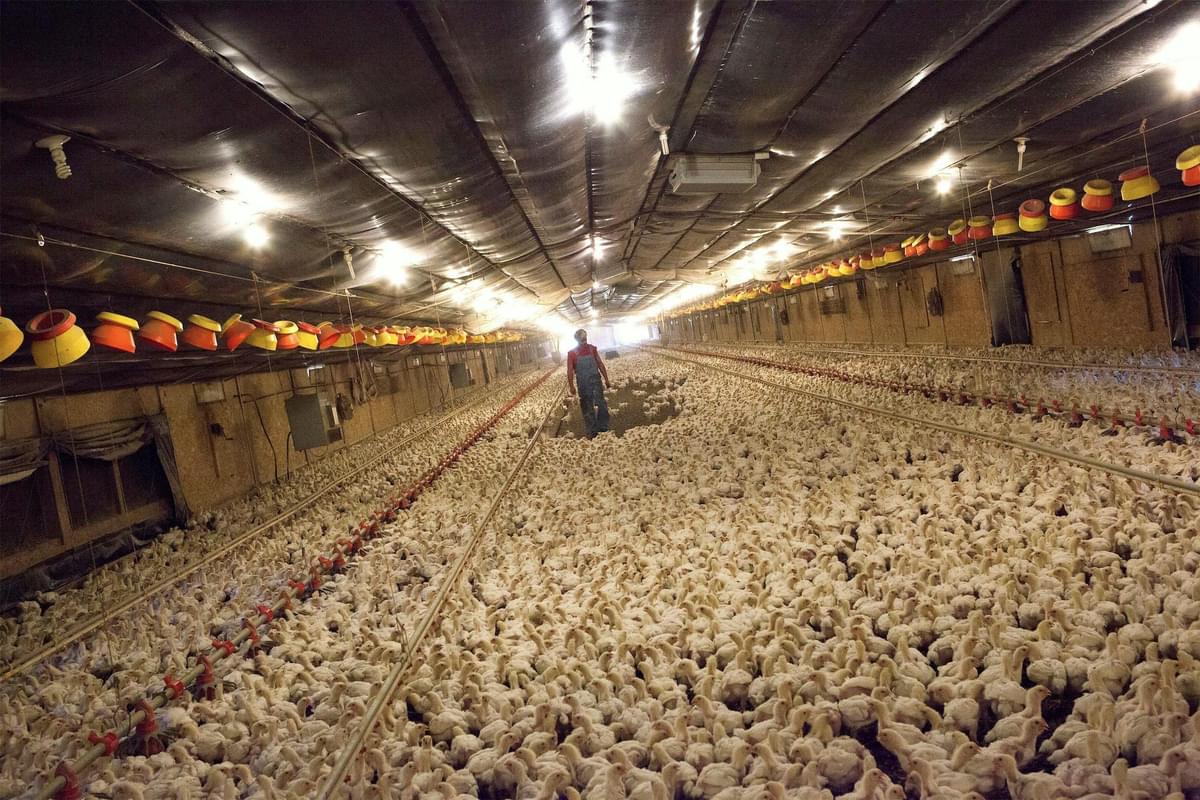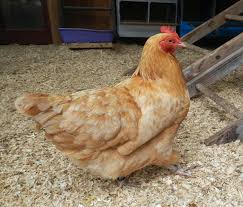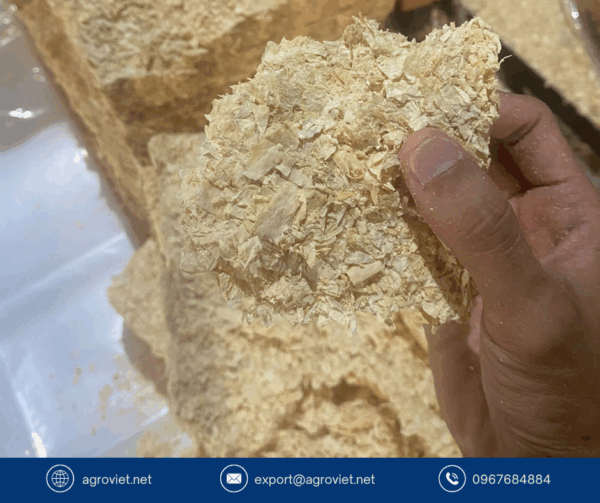Footpad Dermatitis in Chickens: How Moisture and Ammonia Burn Chickens’ Feet
Introduction to Footpad Dermatitis in Chickens
Footpad dermatitis (FPD), also known as pododermatitis or paw burns, is a prevalent condition in broiler chickens, causing painful lesions and ulcers on their feet. Triggered by moisture and ammonia in litter, FPD compromises bird welfare, reduces growth rates, and impacts the profitability of poultry operations due to the high market value of chicken feet for export. Clean wood shavings, with their superior absorbency and ability to control ammonia, are a critical solution for preventing FPD. Drawing on insights from The Poultry Site, this post explores how wet, ammonia-laden litter causes footpad dermatitis and why wood shavings are essential for mitigation.
Watch this: https://www.youtube.com/watch?v=mTME_QhZzmE
What Is Footpad Dermatitis?

Footpad dermatitis is an inflammatory condition affecting the plantar surface of chickens’ feet, characterized by redness, swelling, and necrotic lesions. These sores, often starting as small erosions as early as 4-6 days of age, can progress to deep ulcers by 12 days, causing pain and lameness. According to The Poultry Site, FPD affects up to 30% or more of broiler flocks, leading to reduced feed intake, slower growth, and economic losses from rejected chicken feet, a valuable export product generating $270 million annually in the U.S. alone.
The Role of Moisture in Footpad Dermatitis
Moisture is the primary driver of footpad dermatitis. Wet litter, caused by water spills, high humidity, or poor ventilation, softens the skin on chickens’ feet, making it susceptible to abrasions and lesions. Prolonged contact with damp bedding allows corrosive substances like ammonia to burn the skin, leading to inflammation and ulcers. The Poultry Site notes that litter with moisture content above 30% significantly increases FPD severity, as it sticks to birds’ feet, exacerbating skin damage. Factors like leaking drinkers or hot temperatures that increase water intake further contribute to wet litter.
Ammonia, Footpad Dermatitis: A Chemical Irritant
Ammonia, produced during the decomposition of manure in wet litter, acts as a chemical irritant that burns the footpads, causing painful lesions known as ammonia burns. High ammonia levels result from bacterial activity in moist conditions, irritating the skin and worsening FPD. The Poultry Site highlights that ammonia, combined with moisture, creates a caustic environment that damages exposed areas like the feet, hocks, and breast. Poor litter management can lead to ammonia concentrations that increase FPD incidence by 25%, impacting bird welfare and product quality.
How Poor Bedding Contributes to FPD

Poor bedding, such as straw or reused litter, retains moisture and fosters bacterial growth, creating conditions ripe for FPD. Unlike fresh bedding, used litter common in U.S. broiler houses harbors pathogens like Staphylococcus aureus and Escherichia coli, which can infect lesions, worsening outcomes. The Poultry Site emphasizes that inadequate litter quality and quantity, combined with high humidity, are major contributors to FPD, reducing paw quality and causing rejections in export markets. Dirty or compacted bedding also fails to absorb moisture, prolonging exposure to harmful conditions.
Why Wood Shavings Are Essential for Footpad Dermatitis Prevention
Clean wood shavings are a highly effective bedding material for preventing footpad dermatitis. Their ability to absorb up to 200% of their weight in moisture keeps litter dry, reducing the conditions that promote ammonia production and bacterial growth. Wood shavings also provide a loose, aerated surface that minimizes skin contact with irritants, unlike straw, which retains moisture, or sawdust, which compacts easily. By maintaining litter moisture below 30%, wood shavings significantly lower FPD incidence, supporting bird health and welfare.
Scientific Evidence Supporting Wood Shavings
Research cited by The Poultry Site, including studies by Bilgili et al. (2009), confirms that bedding material directly impacts FPD incidence. Wood shavings reduce litter moisture and ammonia levels by up to 40% compared to straw, decreasing lesion severity and prevalence. Their coarse texture prevents caking, ensuring a dry, comfortable surface that supports paw quality. The study also notes that proper litter management with wood shavings improves overall flock performance, reducing FPD-related welfare audit failures and enhancing export profitability.
Key Benefits of Wood Shavings for Poultry Bedding
-
Superior Moisture Absorption: Keeps litter dry, preventing skin softening and lesion formation.
-
Ammonia Control: Reduces ammonia production, minimizing chemical burns on footpads.
-
Hygienic Environment: Limits bacterial growth, lowering the risk of secondary infections.
-
Comfort: Provides a soft, loose surface, reducing pressure on feet and improving mobility.
-
Cost-Effective: Durable and efficient, requiring less frequent replacement than other materials.
Consequences of Neglecting Proper Bedding
Failing to use absorbent, hygienic bedding like wood shavings increases FPD risk, leading to significant welfare and economic consequences. Affected birds experience pain and lameness, reducing feed intake and growth rates by up to 10%. The Poultry Site notes that FPD-related paw rejections can cost the industry millions annually, particularly in Asian export markets. Severe cases lead to secondary infections, requiring costly treatments and increasing mortality, with welfare audits flagging farms where over 30% of birds show lesions.
Practical Tips for Using Wood Shavings

To maximize the benefits of wood shavings, poultry farmers should:
-
Use high-quality, untreated softwood shavings, such as pine, to avoid chemical irritants.
-
Maintain a litter depth of 4-6 inches to ensure adequate absorbency and comfort.
-
Regularly turn litter to prevent caking and maintain dryness.
-
Monitor drinker systems daily to prevent leaks and adjust heights to minimize spillage.
-
Ensure proper ventilation, targeting 50-65% relative humidity, to enhance moisture control.
Complementary Strategies for FPD Prevention
In addition to wood shavings, these practices help reduce FPD:
-
Drinker Management: Use nipple or cup drinkers to minimize water spillage and adjust pressure to prevent leaks.
-
Nutrition: Include methionine and biotin in diets to support skin integrity and reduce sticky manure.
-
Ventilation: Maintain 6-8 air changes per hour to reduce humidity and ammonia levels.
-
Gut Health: Use organic acids or prebiotics to prevent diarrhea, which contributes to wet litter.
-
Stocking Density: Avoid overcrowding to reduce litter moisture and improve air quality.
Economic and Welfare Impacts
Wood shavings improve broiler welfare by reducing FPD, ensuring better mobility and growth. Healthy birds achieve higher feed efficiency and market weights, boosting profitability. The Poultry Site highlights that preventing FPD enhances paw quality, preserving export revenue, which reached $270 million in 2018. Wood shavings, while an upfront investment, lower long-term costs by reducing treatment expenses and rejections. Their compostable nature supports sustainable farming, aligning with welfare standards and consumer expectations.
Addressing Challenges with Wood Shavings
Challenges include sourcing dust-free, high-quality shavings and managing compaction in high-traffic areas. Farmers should select premium shavings from reputable suppliers and store them in dry conditions to prevent mold. Regular litter turning maintains absorbency, while proper ventilation reduces dust-related issues. With these measures, wood shavings offer unmatched benefits for FPD prevention and flock health.
Conclusion
Moisture and ammonia from poor litter management are primary causes of footpad dermatitis in chickens, leading to painful lesions, reduced welfare, and economic losses. Clean wood shavings, with their high absorbency and ammonia control, are a proven solution to maintain dry, hygienic litter and prevent FPD. Supported by research from The Poultry Site, wood shavings reduce lesion incidence, enhance paw quality, and support profitability. By prioritizing wood shavings and adopting complementary management practices, poultry farmers can protect flock health, meet welfare standards, and ensure sustainable operations.
Read more: https://vietnambestwood.com/general/sawdust-solution-to-ammonia-control/
